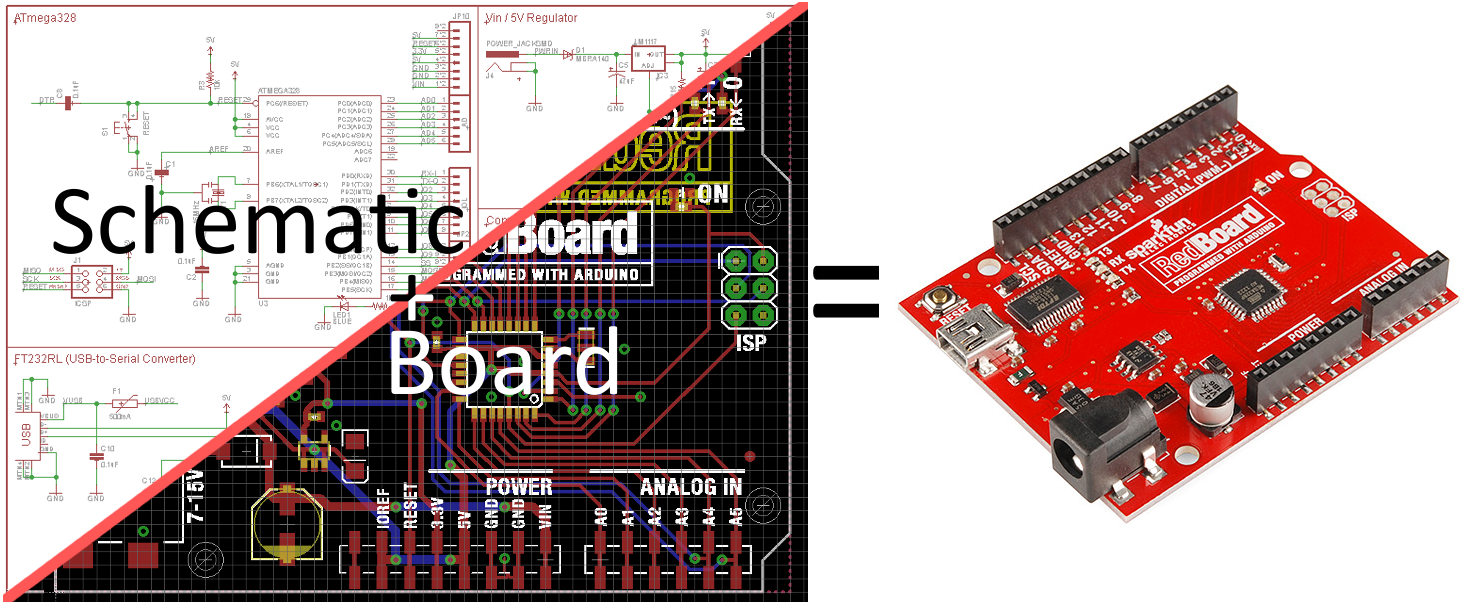The Finder is the first thing that you see when your Mac finishes starting up. It opens automatically and stays open as you use other apps. It includes the Finder menu bar at the top of the screen and the desktop below that. It uses windows and icons to show you the contents of your Mac, iCloud Drive, and other storage devices. It's called the Finder because it helps you to find and organize your files.
Change how your files are displayed
To change how files are displayed in Finder windows, use the View menu in the menu bar, or the row of buttons at the top of the Finder window. You can view files as icons , in a list , in columns , or in a gallery . And for each view, the View menu provides options to change how items are sorted and arranged, such as by kind, date, or size. Learn more about customizing views.
If you cannot open the PCB file on your computer - there may be several reasons. The first and most important reason (the most common) is the lack of a suitable software that supports PCB among those that are installed on your device. A very simple way to solve this problem is to find and download the appropriate application. EAGLE can import PCAD-ASCII files with some success so if you can convert your Altium and PADS files to that format then there is a chance you could import them in. In the library editor, there is an import for PADS libraries that you could try however it's a little old and I'm not confident that it will be able to import your files. EasyEDA is Window,Linux, Mac OS and Web-Based Circuit Design Software, which.
Gallery View, showing the sidebar on the left and the Preview pane on the right.



Launch a.brd file, or any other file on your PC, by double-clicking it. If your file associations are set up correctly, the application that's meant to open your.brd file will open it. It's possible you may need to download or purchase the correct application. To remove a file from the Trash, click the Trash to open it, then drag the file out of the Trash. Or select the file and choose File Put Back. To delete the files in the Trash, choose File Empty Trash. The storage space used by those files then becomes available for other files.
When you view files in a gallery, you can browse your files visually using large previews, so it's easy to identify images, videos, and all kinds of documents. Gallery View even lets you play videos and scroll through multipage documents. Earlier versions of macOS have a similar but less powerful gallery view called Cover Flow .
The sidebar in Finder windows contains shortcuts to AirDrop, commonly used folders, iCloud Drive, devices such your hard drives, and more. Like items in the Dock, items in the sidebar open with just one click.
To change the items in your sidebar, choose Finder > Preferences from the Finder menu bar, then click Sidebar at the top of the preferences window. You can also drag files into or out of the sidebar. Learn more about customizing the sidebar.
Search for files
Open Pcb File Machine
To search with Spotlight, click the magnifying glass in the menu bar, or press Command–Space bar. Spotlight is similar to Quick Search on iPhone or iPad. Learn more about Spotlight.
To search from a Finder window, use the search field in the corner of the window:
When you select a search result, its location appears at the bottom of the window. To get to this view from Spotlight, choose “Search in Finder” or “Show all in Finder” from the bottom of the Spotlight search results.
In both Spotlight and Finder, you can use advanced searches to narrow your search results. You can also use tags to organize and find files.
Delete files
To move a file to the Trash, drag the file to the Trash in the Dock. Or select one or more files and choose File > Move To Trash (Command-Delete).
To remove a file from the Trash, click the Trash to open it, then drag the file out of the Trash. Or select the file and choose File > Put Back.
Open Mac File On Windows
To delete the files in the Trash, choose File > Empty Trash. The storage space used by those files then becomes available for other files. In macOS Sierra, you can set up your Mac to empty the trash automatically.